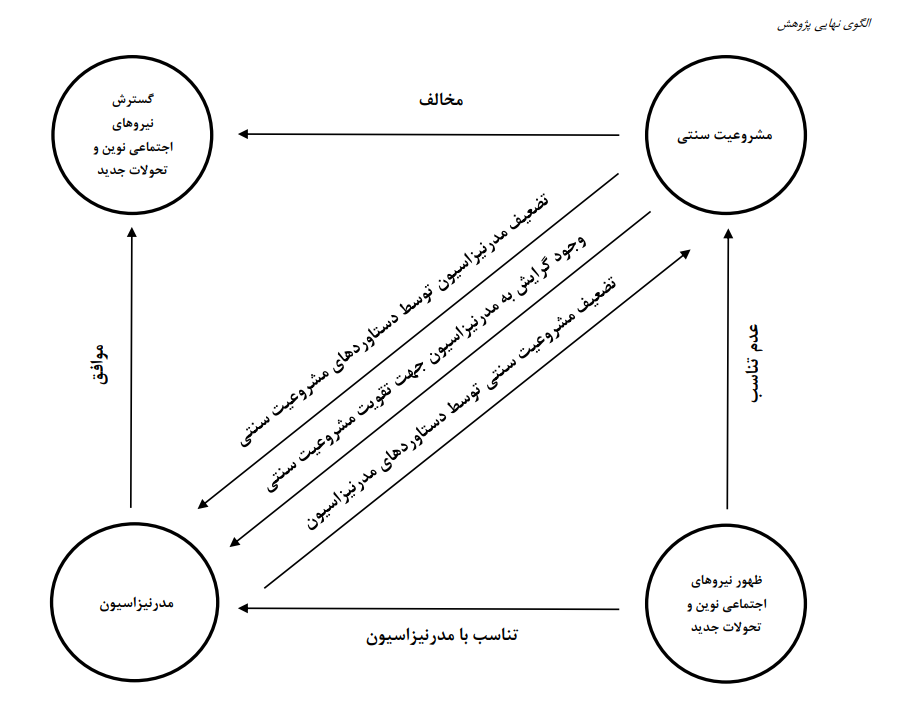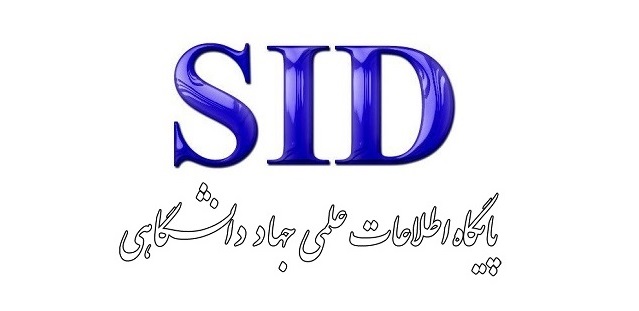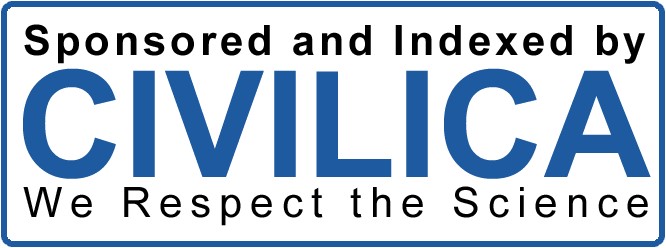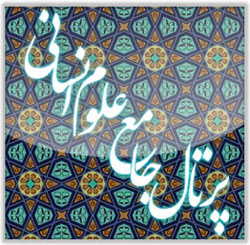Paradoxical Modernization and Neopatrimonialism in the Pahlavi Era
Keywords:
Modernization, Traditional Legitimacy, Islamic Republic of Iran, the Pahlavi RegimeAbstract
This study aims to examine the causes of the fall of the Pahlavi regime, which is characterized as a dependent quasi-modern neopatrimonial government that, despite economic and industrial modernization efforts, failed to achieve sustainable authority. The findings of this research indicate a clear incompatibility between the modernization process and the traditional legitimacy of the Pahlavi regime. While the Pahlavi government was based on a neopatrimonial structure, the Shah, by emphasizing economic and industrial development, attempted to consolidate the power of the central government through land reforms and the expansion of social services. Evidently, the outcomes of the modernization process conflicted with the traditional foundations of the Pahlavi regime, resulting in internal contradictions and challenges at three levels: (1) social groups and classes, (2) political and social norms and values, and (3) the political-institutional structure. Accordingly, one of the most significant factors leading to the Islamic Revolution was the paradox between neopatrimonialism and modernization. The research method employed in this article is analytical-descriptive. For analysis, the study utilizes modernization theory as well as Max Weber’s concept of traditional legitimacy. Data collection was conducted through a library-based approach.
Downloads
References
Abrahamian, E. (2005). Iran Between Two Revolutions. Nashr-e Ney.
Abrahamian, E. (2010). A History of Modern Iran. Nashr-e Ney.
Akbari, M. A., & Beigdelou, R. (2011). Pahlavism: The Official Ideology of Mohammad Reza Pahlavi's Government in the 1960s and 1970s. Scientific-Research Quarterly of Ganjineh Ostadh(84), 6-25.
Azghandi, S. A. (2004a). The History of Political-Social Developments in Iran. SAMT.
Azghandi, S. A. (2004b). The Ineffectiveness of Iran's Political Elites Between Two Revolutions. Qom.
Baldwin, G. B. (1967). Planning an Development in Iran. Johns Hopkins Press.
Bashiriyeh, H. (2011). Political Sociology. Nashr-e Ney.
Bashiriyeh, H. (2015). Reason in Politics. Negah-e Mo'aser.
Behnoud, M. (1991). Iranian Cabinets from Seyyed Zia to Bakhtiar. Javidan.
Bill, J. (2004). The Pattern of Power Relations Among Iran's Political Elites. Farhang Andisheh Magazine Publications.
Coser, L., & Rosenberg, B. (2014). Fundamental Theories of Sociology. Nashr-e Ney.
Cottam, R. (1992). Nationalism in Iran. Kavir.
Eisenstadt, S. N. (1998). The Failures of Modernization. Arghanoon(13).
Foran, J. (1998). The History of Social Transformations in Iran. Rasa Cultural Services.
Fouladzadeh, A. (1990). The Pahlavi Monarchy in Iran (Vol. 2). Center for Publishing Islamic Thoughts.
Freund, J. (1993). Sociology of Max Weber. Rayzan.
Gasiorowski, M. J. (1992). U.S. Foreign Policy and the Shah. Rasa Cultural Services Institute.
Graham, R. (1979). Iran: The Illusion of Power. Sahab Ketab.
Green Miller, W. (1969). Political Organization in Iran: From Dowreh to Political Party. Middle East Journal, 23(3), 343-350.
Hajarian, S. (1993). The Imbalance of the Political Development Process in Peripheral Countries. Rahbord Quarterly, 2(2), 23-76.
Hajarian, S. (1995). The Structure of Sultanistic Authority. Political-Economic Information Magazine, 9(7 & 8), 45-57.
Hermassi, E. (1978). ''Changing patterns in Research on the Third world''. Annual Review of Sociology, 4, 239-257. https://doi.org/10.1146/annurev.so.04.080178.001323
Huntington, S. (1991). Political Order in Changing Societies. Elm.
Huntington, S. (1993). The Third Wave of Democracy at the End of the Twentieth Century. Rozaneh.
Katouzian, M. A. (1995). The Political Economy of Iran from the Constitutional Revolution to the End of the Pahlavi Dynasty. Nashr-e Markaz.
Katouzian, M. A. (2012). The Persians. Nashr-e Ney.
Katouzian, M. A. (2015). The Conflict Between State and Nation and the Theory of History and Politics in Iran. Nashr-e Markaz.
Lambton, A. K. S. (1969). The Persian land reform;1962-1966. Clarendon press.
Manzoor, D., & Yadipour, M. (2009). Experiences of Different Countries in Managing Oil Revenues and Lessons for Iran. Rahbord Quarterly(17), 143-165.
Norris, P., & Inglehart, R. (2004). Sacred and Secular: Religion and Politics Worldwide. Cambridge University Press. https://doi.org/10.1017/CBO9780511791017
Pahlavi, M. R. (1992). Answer to History. Shahrab.
Razavi, H., & Vakil, F. (1984). The Political Environment of Economic Planning in Iran: 1971-1983. Westview Press.
Saee, A. (2004). Political-Economic Issues of the Third World. SAMT.
Saee, A. (2009). Development in Conflicting Schools of Thought. Qom.
Saeedi, A. A. (2015). Technocracy and Economic Policymaking in Iran as Narrated by Reza Niyazmand. Lohe Fekr Publications.
Saikak, A. (1979). The Rise and Fall of the Shah 1941-79. Princeton University Press.
Seifzadeh, S. H. (1996). Modernization and Political Transformation. Qom.
Shajii, Z., & Fallaci, O. (1992). Iranian Political Elites from the Constitutional Revolution to the Islamic Revolution Interview with History Makers. Sokhan Publications Javidan.
Soodagar, M. R. (1990). Capitalist Relations in Iran (1963-1979). Sho'leh Andisheh.
Tornquist, O. (1999). POLITIS AND DEVLOPMENT. Sage publications.
Zabih, S. (1988). The Iranian Military in Revolution and War. Routdledge.
Zibakalam, S. (2008). Political and Social Developments in Iran (1941-1943). SAMT.
Zonis, M. (1991). Majestic Failure. Tarh-e No.

Published
Submitted
Revised
Accepted
Issue
Section
License
Copyright (c) 2025 محمد ابوالفتحی (نویسنده); سید امیرحسین بنیاشراف (نویسنده مسئول)

This work is licensed under a Creative Commons Attribution-NonCommercial 4.0 International License.








